From Crux Mathematicorum, May 1998:
If x is x% of y, and y is y% of z, where x, y, and z are positive real numbers, what is z?
From Crux Mathematicorum, May 1998:
If x is x% of y, and y is y% of z, where x, y, and z are positive real numbers, what is z?

Here are six new lateral thinking puzzles to test your wits and stump your friends — play along with us as we try to untangle some strange situations using only yes-or-no questions.
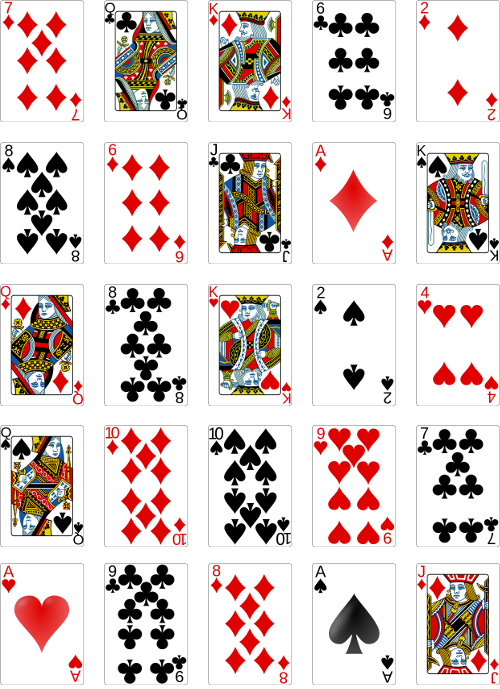
A reader named Hamp Stevens sent this conundrum to Martin Gardner, who published it in his Mathematical Magic Show (1965). Can these 25 cards be arranged to form five poker hands, each of them a straight or better (that is, straight, flush, full house, four of a kind, straight flush, or royal flush)? If it’s possible, find the five hands; if it’s not, prove that it’s impossible.
“This ingenious puzzle is quickly solved if you go about it correctly,” Gardner wrote. “A single card is the key.”
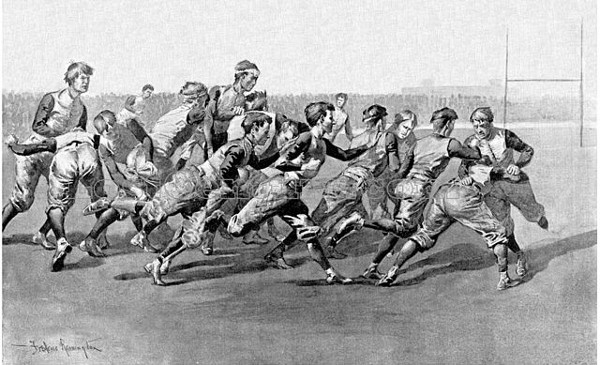
In a special football game, a team scores 7 points for a touchdown and 3 points for a field goal. What’s the largest mathematically unreachable number of points that a team can score (in an infinitely long game)?
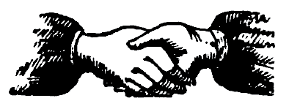
A problem by Atlantic College mathematician Paul Belcher:
Anna and Bert invite n other couples to a dinner party. Before the meal begins, some people shake hands. No one shakes hands with their own partner, no one shakes hands with themselves, and no two people shake hands with each other more than once. Afterward, Anna asks all the other 2n + 1 people how many times they shook hands, and she gets a different answer from each of them. How many times did Anna shake hands?
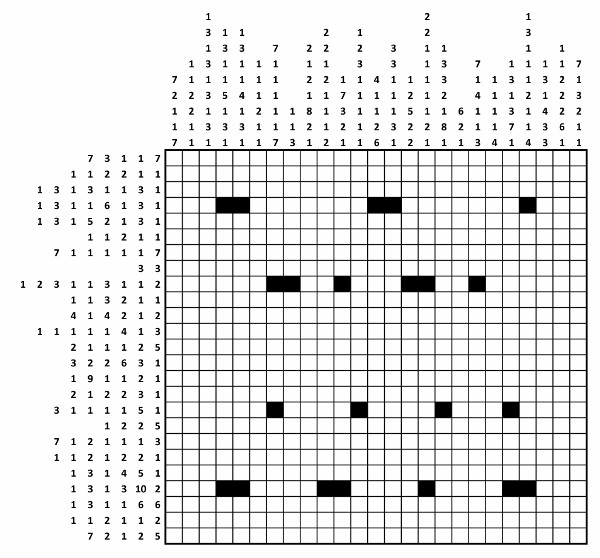
Here’s a unique challenge for the holidays — one of the United Kingdom’s intelligence agencies, GCHQ, is distributing the puzzle above on its Christmas card this year. (See GCHQ’s website for details and a high-resolution grid.)
The puzzle is a nonogram: Each row and column bears a string of numbers that indicates the lengths of consecutive runs of black squares that will appear there when the grid has been completed. For example, “3 3” in the eighth row means that in the finished puzzle two shaded sections of 3 squares each will appear somewhere along its length. Some squares in the grid have already been shaded to get you started.
“By solving this first puzzle players will create an image that leads to a series of increasingly complex challenges,” notes the agency. “Once all stages have been unlocked and completed successfully, players are invited to submit their answer via a given GCHQ email address by 31 January 2016. The winner will then be drawn from all the successful entries and notified soon after.” The agency invites players to make a donation to the U.K.’s National Society for the Prevention of Cruelty to Children if they’ve enjoyed the puzzle.
(Thanks, Alex.)
02/08/2016 UPDATE: The answers have now been revealed — see the link at the bottom of this post.
A problem from the 2004 Harvard-MIT Math Tournament:
Zach chooses five numbers from the set {1, 2, 3, 4, 5, 6, 7} and tells their product to Claudia. She finds that this is not enough information to tell whether the sum of Zach’s numbers is even or odd. What is the product that Zach tells Claudia?
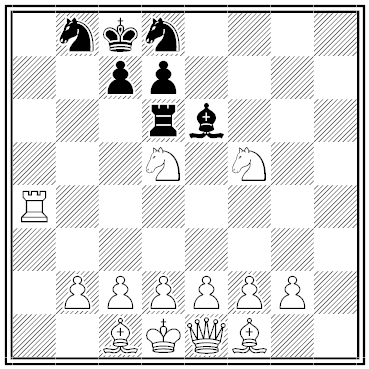
White to play and mate on his first move.
(Don’t spend too much time on this — it’s a bit of a trick.)
In the December 2012 issue of 1 Across magazine, longtime crossword composer John Graham included a special instruction above one of his puzzles:
“I have 18dn of the 19; no 27, just 13 15; no 2 or 6 or 1dn 26 yet — plenty of 10, though I wouldn’t have chosen the timing.”
Solvers discovered that 18 down was CANCER and 19 across was OESOPHAGUS. The full message read:
“I have CANCER of the OESOPHAGUS; no CHEMOTHERAPY, just PALLIATIVE CARE; no NARCOTIC or STENT or MACMILLAN NURSE yet — plenty of MERRIMENT, though I wouldn’t have chosen the timing.”
The puzzle was reprinted as cryptic crossword No. 25,842 in the Guardian the following month.
“It seemed the natural thing to do somehow,” Graham said. “It just seemed right.” He died in November 2013, and the Guardian published a tribute crossword to remember him.
(Thanks, Anthony.)